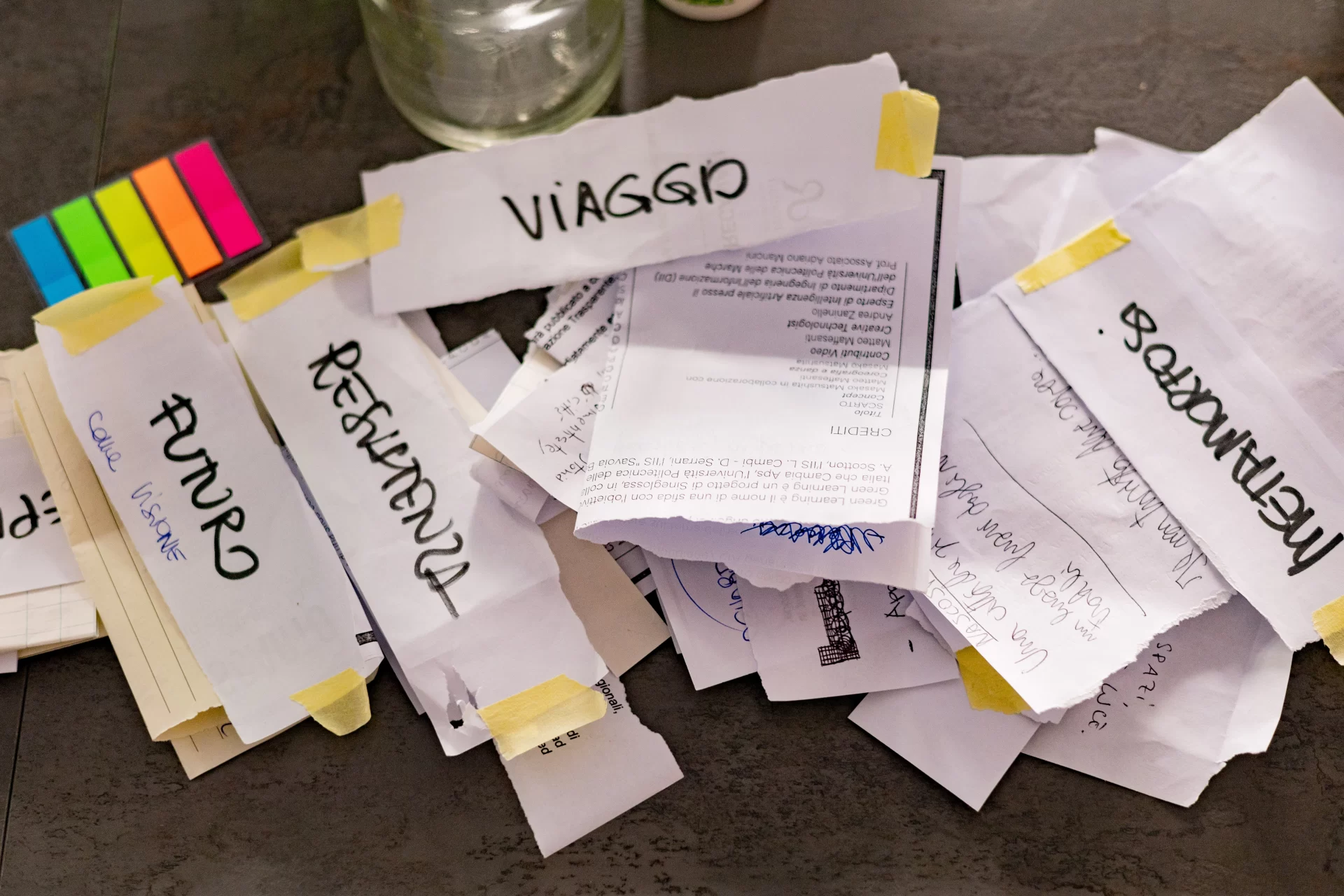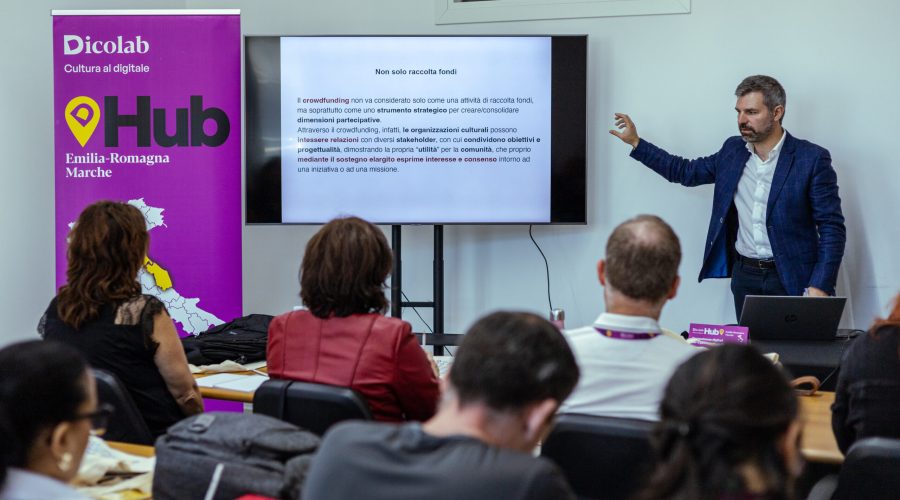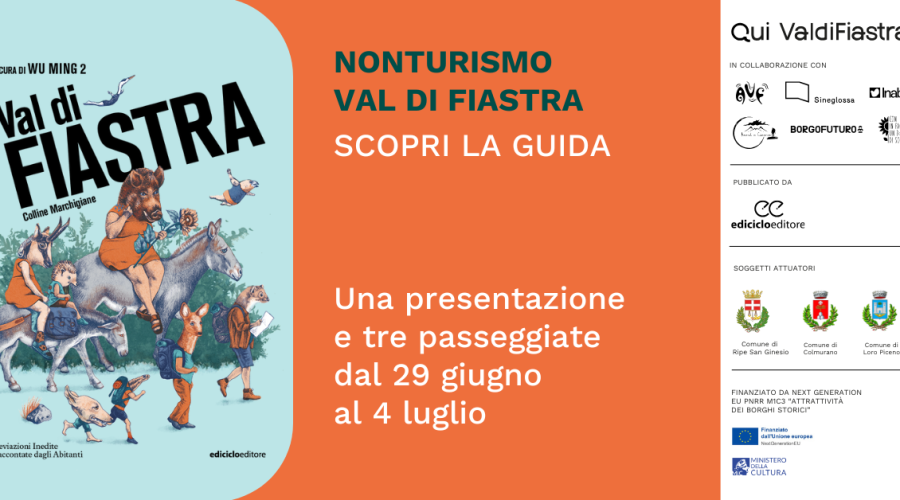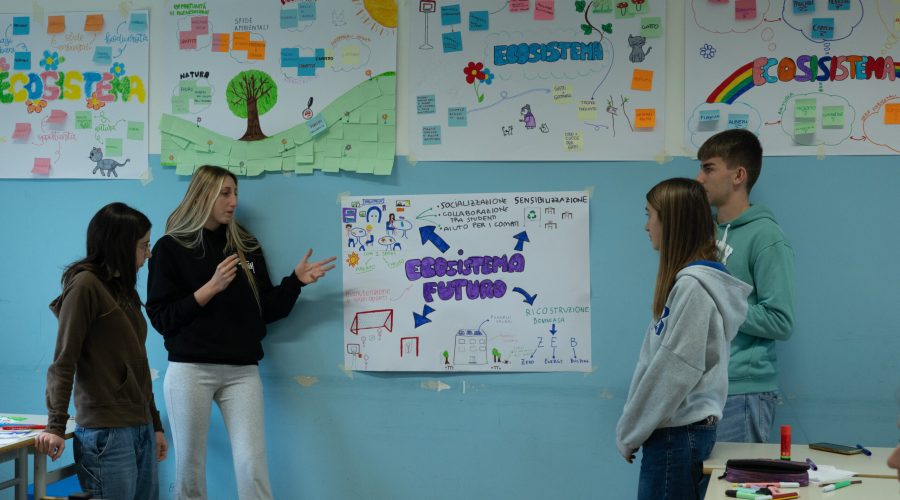What you find in this news
How to develop a cultural tourism strategy
BLUETOUR, a transnational cultural cooperation project, strives to empower grassroots and emerging cultural organisations and practitioners. Its primary goal is to enable them to play a pivotal role in the development and implementation of sustainable cultural tourism strategies in three promising coastal areas along the Mediterranean Sea: Ancona (Italy), Lesvos (Greece), and Faro (Portugal).
To ensure comprehensive perspectives, BLUETOUR has adopted various strategies, including engaging tourists and tourism operators in the three coastal areas. One notable approach has involved establishing joint focus groups, composed by five to ten carefully selected stakeholders from the local communities and tourists in each partner country.
Why choose a focus group?
Engaging locals through tourism focus groups has lots of benefits. Most importantly, a focus group brings locals into the picture in a concrete way: it engages locals by inviting them in to discuss their impressions of the value of tourism to the local community.
Recognizing the importance of locals’ perspectives, the BlueTour project adopted the focus groups as a method to develop and implement sustainable cultural tourism strategies. In particular, the insights generated from diverse creative processes and cultural activities, including focus groups and co-creation workshops, will be useful to promote tourism based on culture, a lacking aspect in the areas involved in the project (Ancona, Faro, Lesvos).
The focus groups’ insights will be a useful tool to raise awareness of a different kind of storytelling of those places. Additionally, within the BlueTour project, the community language will be translated into guide maps of those places created by artists together with the local community. Moreover, those results form the foundation for the work of socially-engaged cultural professionals. Armed with this valuable knowledge, these cultural operators will craft a compelling public awareness campaign designed to engage socially marginalised and vulnerable groups.
How are the focus groups made?
The stakeholders have been strategically selected from diverse tourism backgrounds, including public policymakers, tourism strategists, environmental experts, artists, and cultural operators. To ensure a balanced representation of age and gender, various sampling methods are utilised, such as voluntary response, convenience, and judgement sampling. This inclusive approach fosters a rich exchange of knowledge and perspectives, driving the project’s success. The focus groups provide a platform for sharing diverse insights and perspectives on crucial topics such as tourism strategy, citizen engagement, and the role of art and culture in fostering sustainable tourism.
What have been the results?
The focus groups selected by BlueTour project partners – Sineglossa, Latra and Municipality of Faro, have discussed on three main questions:
- What are the stakeholders’ visions in relation to tourism, their desires and the present obstacles to realising it?
- What is the stakeholders’ perceived value with respect to citizens’ engagement in tourism strategies?
- What is the stakeholders’ perceived value with respect to artists’ involvement in tourism strategies?
1. Tourism strategy: obstacles and actions
During the discussion on tourism strategy, Lesvos’ focus group led by LATRA recognised the tourism potential with its thermal baths, local products, Mediterranean cuisine, and diverse marine life. Moreover, they identified how thus far Lesvos’s tourism strategy has been fragmented and perpetually changed by different policy-makers, without allowing the opportunity for long-term development. Innovation is also lacking in tourism strategies and activities. However, on the positive side, an array of regular, seasonal and one-off cultural activities are happening on the island and can act as a catalyst for future change in the tourism industry.
Ancona’s focus group imagined it as an attractive city, moved by a centripetal force opposed to the current centrifugal tendency. Led by Sineglossa, the focus group highlighted how this tendency affects citizens, students, retailers, and tourists. In particular, the last group passes through Ancona without having the intention of discovering the city. To overcome Ancona’s fragmentation the focus group pointed out how creating connections, encouraging smart mobility, and enhancing the value of public spaces (especially the harbour) could help in creating a more cohesive ecosystem.
Faro has a strategic vision for tourism that involves the local community, authorities, and tourism service providers. They aim to attract tourists who are genuinely interested in exploring the region and engaging in cultural experiences. Faro places a strong emphasis on environmental conservation and takes steps to reduce the ecological impact of tourism, supporting sustainable practices such as short food supply chains and promoting fish from small-scale fishing activities. Sustainable travel options are also encouraged and education plays a significant role in Faro’s vision, with programs in schools to train and educate citizens about tourism and its environmental impact.
2. Citizens' engagement in tourism strategy
In Lesvos, people belonging in minorities (e.g. those with a refugee or migrant status), people with disabilities (face increased barriers in their engagement with culture), women and female young adults (who face higher unemployment rates), and citizens have been almost completely excluded from participating in tourism development plans and public deliberations. As a result, a narrative of “locals and tourists” has been developed, where the two groups do not interact together. At the same time, citizens are pivotal in the financial support and sustainment of local tourism, leisure and hospitality services, ensuring their longevity beyond the tourist season.
The Ancona’s focus group pointed to the importance of rethinking the functions of public spaces (e.g. suburbs, parks, squares, neighbourhood streets, courtyards) in a shared practice of co-designing between citizens and city government. To achieve that, the proposed tourism strategies have been: focusing on creative ideas and innovative proposals, identifying Ancona’s identity elements and adopting engaging storytelling of Ancona to tourists, and lastly increasing the vitality and attractiveness of public spaces to tourists.
Faro’s focus group revealed how citizens, albeit being those who hold part of the knowledge about history, traditions, and the elements that are related to the local identity, are not completely aware of it. However, gastronomy could be the link between fishing communities and tourists, generating knowledge about local food, small-scale fishery and our cultural identity. This already happened in Faro, even if in need of some improvements: Santa Barbara de Nexe is an example of a rural community that already embraced migrants and tourists as part of their local identity.
3. Artists' involvement in tourism strategy
According to Sineglossa’s focus group, culture should be at the heart of a new tourist strategy, so a “culture-driven” strategy should be adopted. To achieve that, creative professionals and artists should participate in defining the identity of Ancona, and cultural places should be interconnected by a common strategy. As proxies between citizens and a new tourism strategy, artists as “storytellers” of the city could facilitate the emotional involvement of citizens. Moreover, artists could help in finding solutions to old and new problems, adopting an active role in creating or implementing strategies.
For Latra’s focus group, artists and cultural creators can and should be an integrated part of the overall tourism strategy due to their capacity to organise and produce cultural activities of various kinds, that can attract diverse and wide audiences. Acting as locally embedded ambassadors, artists can increase the engagement of communities and citizens through the development of actions and activities. Moreover, artists can bring new value propositions to tourism strategies ranging from economic to aesthetic. In this sense, art and artists become an integrated part of problem-solving.
Faro’s focus group pointed out how “the sun and the sea are no longer enough”: there is an urgency for creating tourism which is both cultural and artistic. Their vision, strengthened by existing studies showing an increasing interest in cultural and creative tourism, has led them to argue how artists must become part of the community so as to help valuing traditional knowledge, build narratives and implement storytelling. The artistic activities already existing and accepted in Faro can be enhanced. In order to do so, decision-makers must be more ambitious regarding tourism strategy and culture, and ultimately the barrier between the business sector and the cultural and creative sector should be broken.



